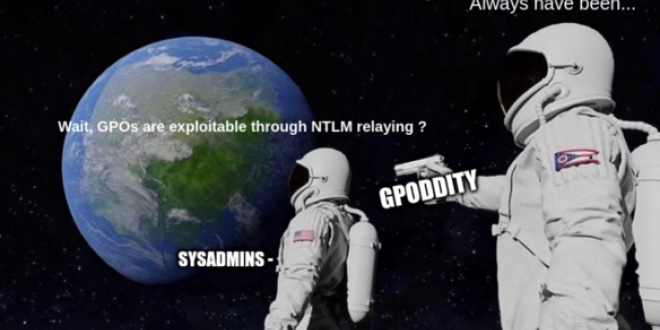- ITSEC Newsletter
- Posts
- ITSEC Newsletter 2023-09-07
ITSEC Newsletter 2023-09-07
Red team is best team
"You see, every time a process is created in Windows, it allocates memory for that process, and uses something named virtual memory to keep track of things. Simply put, virtual memory is way for the operating system to give processes their own isolated address space. VirtualSize is the amount of virtual address space reserved for a memory allocation within a process (Virtual memory, not actual memory). The nice thing about VirtualSize is that a 32-bit process has a virtual size allocated of 4 GB while a 64-bit process typically has 8 TB."
"NosyMonkey will grab your c-style function, make all the references (API calls, strings, etc.) valid on your target process and copy it. This last part being the most important and time-consuming; as when you directly copy the ASM code generated by a compiler to an arbitrary process, all of the non-local references become invalid. If your code points to a certain memory region for a String (for example), that string won't exist on the virtual memory of your target "injectee" process. But if NosyMonkey makes all of those references valid, you are then free to call it (with whichever parameters you want) or use it as a hook. Now, since this is a tl;dr and POC||GTFO world I’m going to show a couple of examples in which I’ll explain the process injection and hooking capabilities of NosyMonkey with less than 100 lines of C++ code and without writing a single ASM instruction."
"During the pentest of an Active Directory environment, we recently came across a situation in which we were able to relay the authentication data of a user having write permissions on a sensitive Group Policy Object (GPO). Due to the peculiarities of GPOs’ implementation in Active Directory, existing tools do not allow their exploitation in NTLM relaying contexts. We however devised a new versatile exploitation vector that can be implemented through relaying, as well as a tool automating the attack, GPOddity, available on Synacktiv’s Github. This opens the door to high-impact privilege escalation scenarios, solely relying on default Active Directory configurations and vulnerable GPO ACLs."
"With the release of Nemesis, modern-day security practices emphasize not only the “collection” but also on the “interpretation” of data. It’s no longer enough to merely fetch the data; how the data is structured, processed, and relayed for further analysis holds equal significance. Tools that offer structured and machine-parsable outputs can bridge the gap between raw data collection and actionable insights. As Will aptly highlighted in his blog post titled “On (Structured) Data,” there’s a need for such tooling. This registry query tool, bof_reg_collect, performs a query of a registry path, serializes the data into a binary format, and then sends it back to the C2 as a file. A second tool running on the teamserver captures file downloads with a particular name, deserializes the data, and returns a JSON file that can be used for offensive data analysis."



